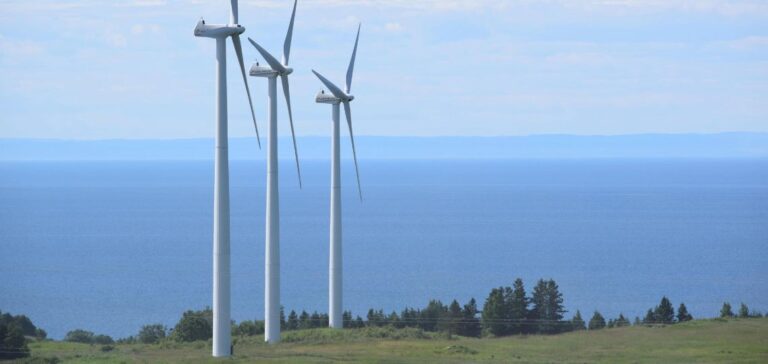The U.S. Department of Energy (DOE) recently unveiled a $30 million funding opportunity to promote domestic manufacturing of lightweight composites and other materials that enable wind turbines to produce energy more efficiently. Wind power is considered the largest source of renewable energy in the United States and is also one of the most affordable sources of energy. That’s why investing in next-generation technologies and manufacturing improvements is a critical tool for reducing fossil fuel dependence and wind energy costs.
President Biden’s support for clean energy and domestic manufacturing
U.S. Secretary of Energy Jennifer M. Granholm noted that “investing in next-generation materials that will reduce financial barriers to widespread deployment supports President Biden’s domestic manufacturing and clean energy goals.” Lightweight composite materials reduce emissions by allowing more efficient wind power generation and by reducing the weight of vehicles, making them more fuel efficient.
Improving the manufacturability and performance of composite materials associated with wind energy technologies
This funding opportunity is led by the Office of Energy Efficiency and Renewable Energy’s (EERE) Advanced Materials and Manufacturing Technologies Office (AMMTO). The objective of this initiative is to improve the manufacturability and performance of composite materials associated with wind energy technologies. Specifically, this opportunity aims to streamline additive manufacturing processes for rapid prototyping, tooling, manufacturing and testing of large wind blades. He is also looking to apply additive manufacturing with polymers, metals, ceramics or composite systems to non-bladed wind turbine components such as transmissions or floating offshore wind platforms.
Projects funded under the initiative
Applicants for this funding opportunity must submit projects that address one of the following topics: additive manufacturing of large wind turbine blades, additive manufacturing of bladeless wind turbine components, and production of large wind turbine blades to address the remaining challenges in wind turbine manufacturing. Projects funded under this initiative will also support the priorities established in the recently announced Offshore Wind Supply Chain Roadmap and the interagency Floating Offshore Wind Shot project.
The estimated performance period for the award will be two to three years. Concept papers are due March 23, 2023 at 5:00 pm ET.






















